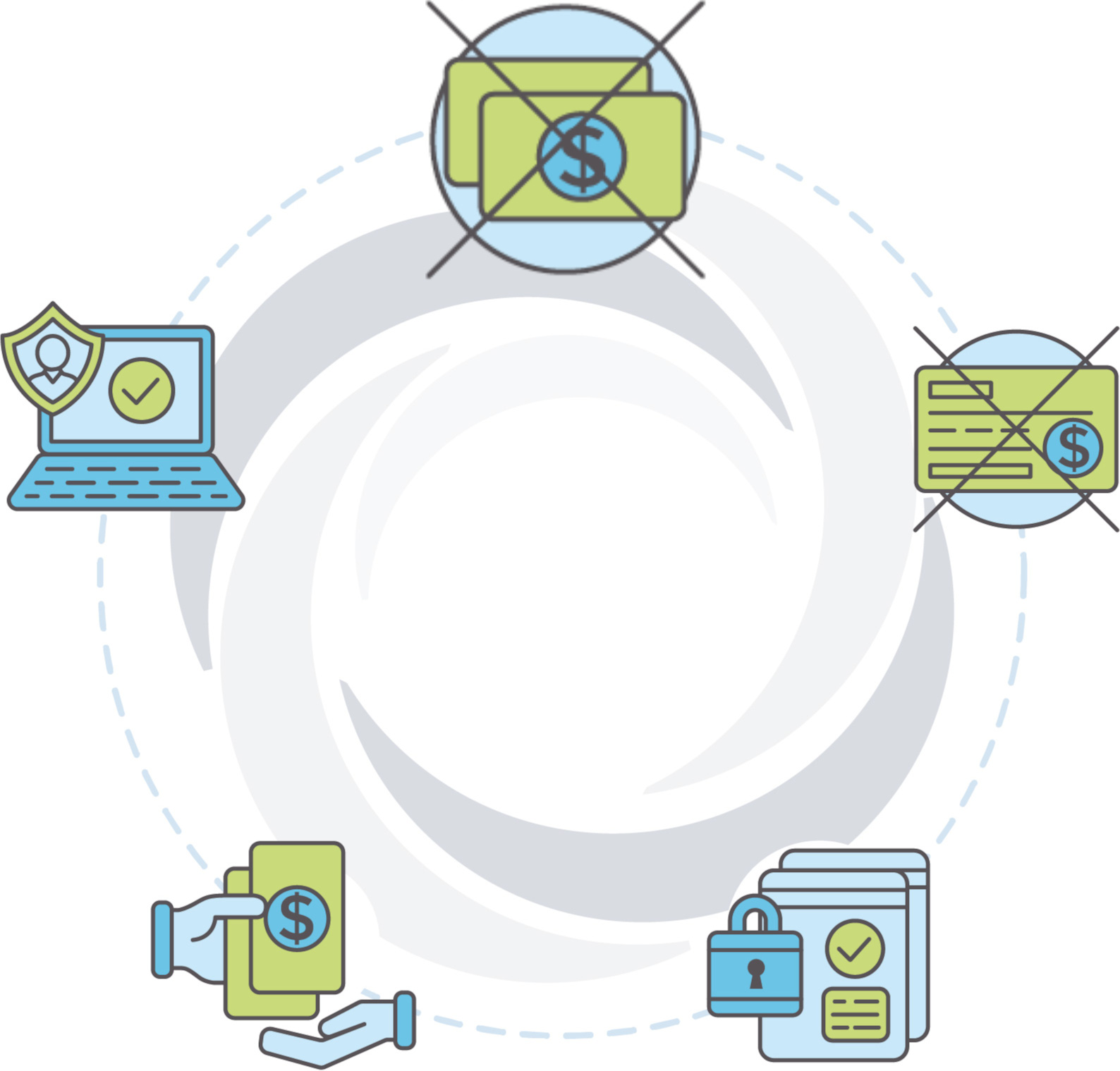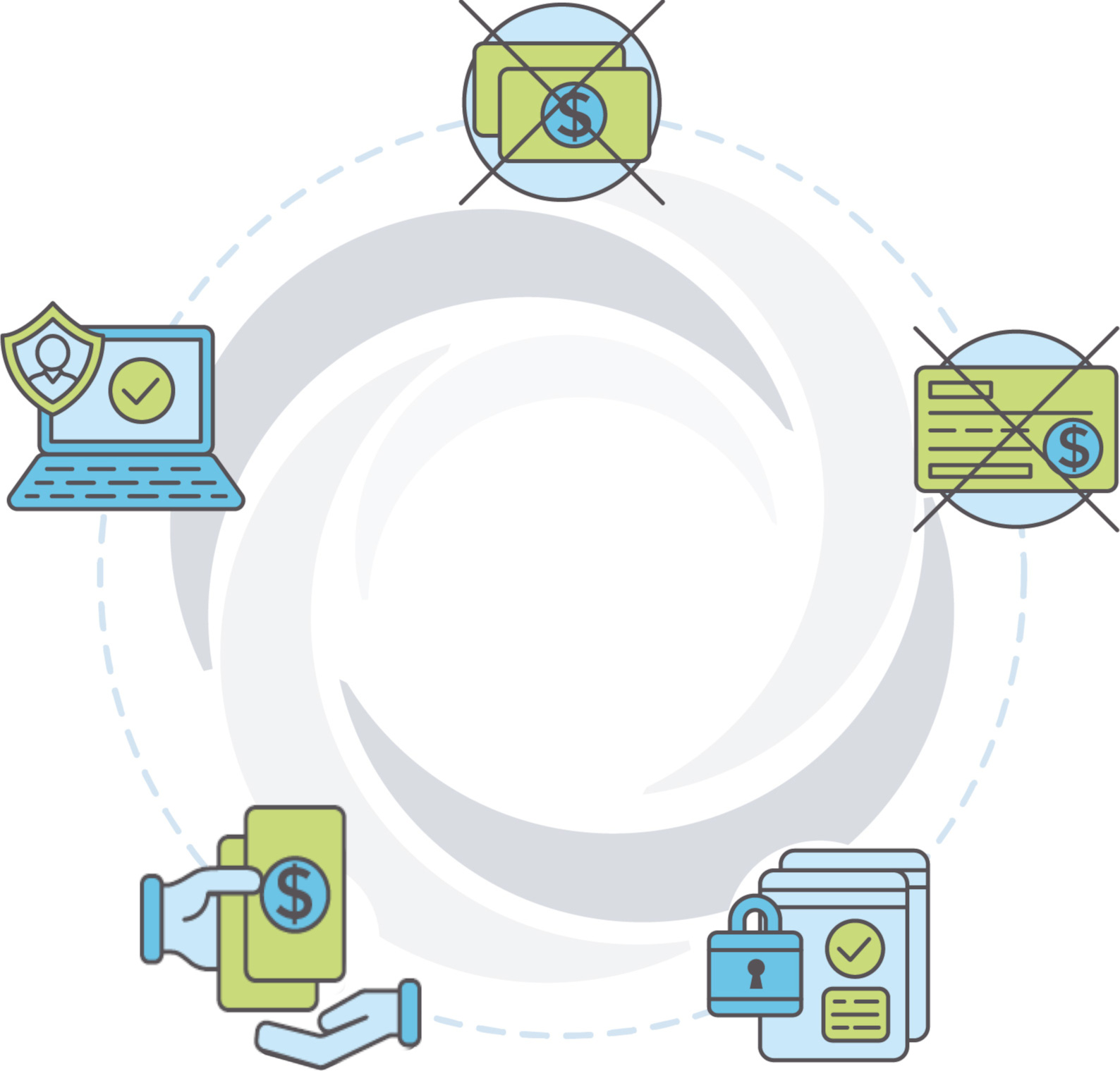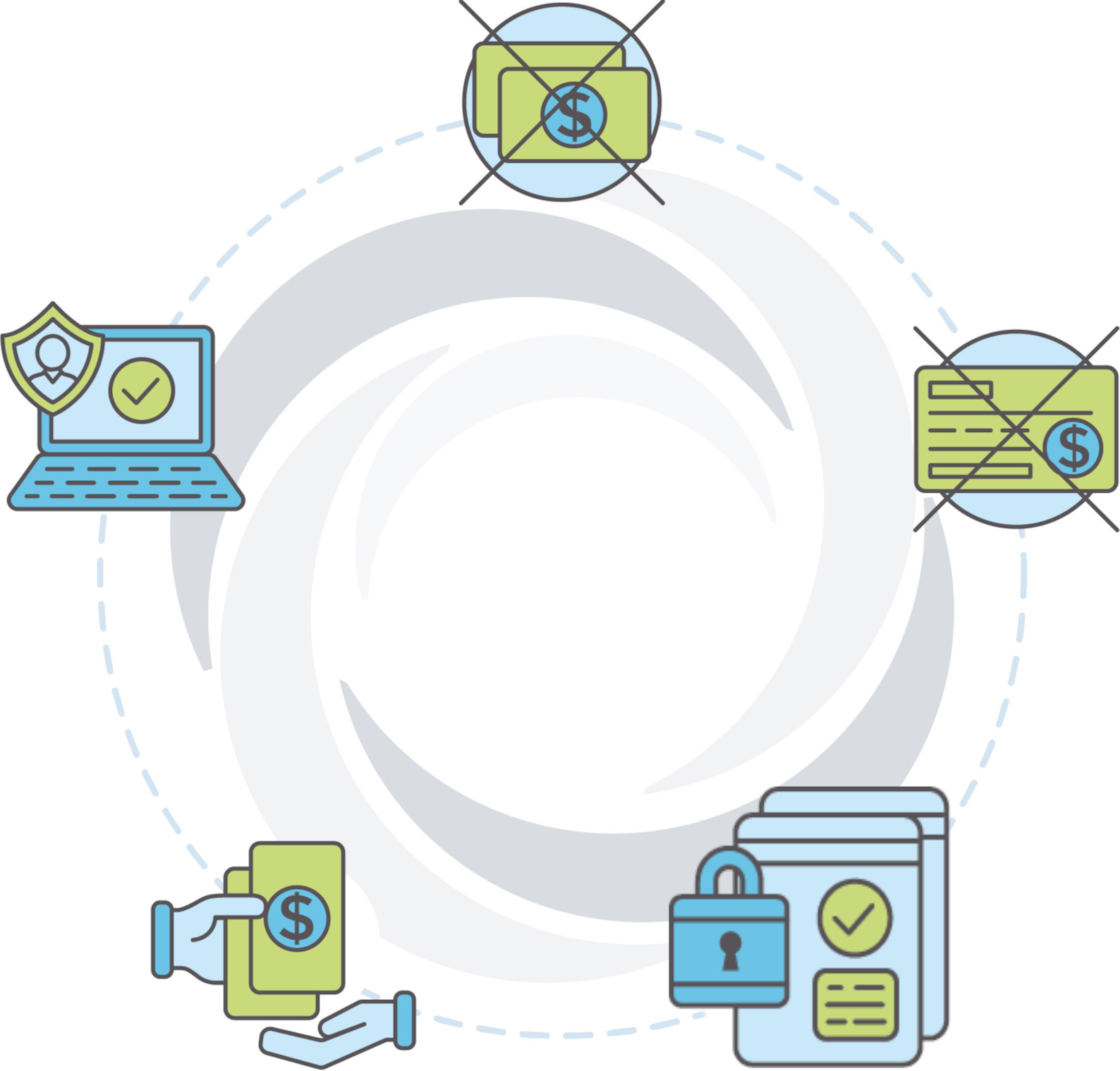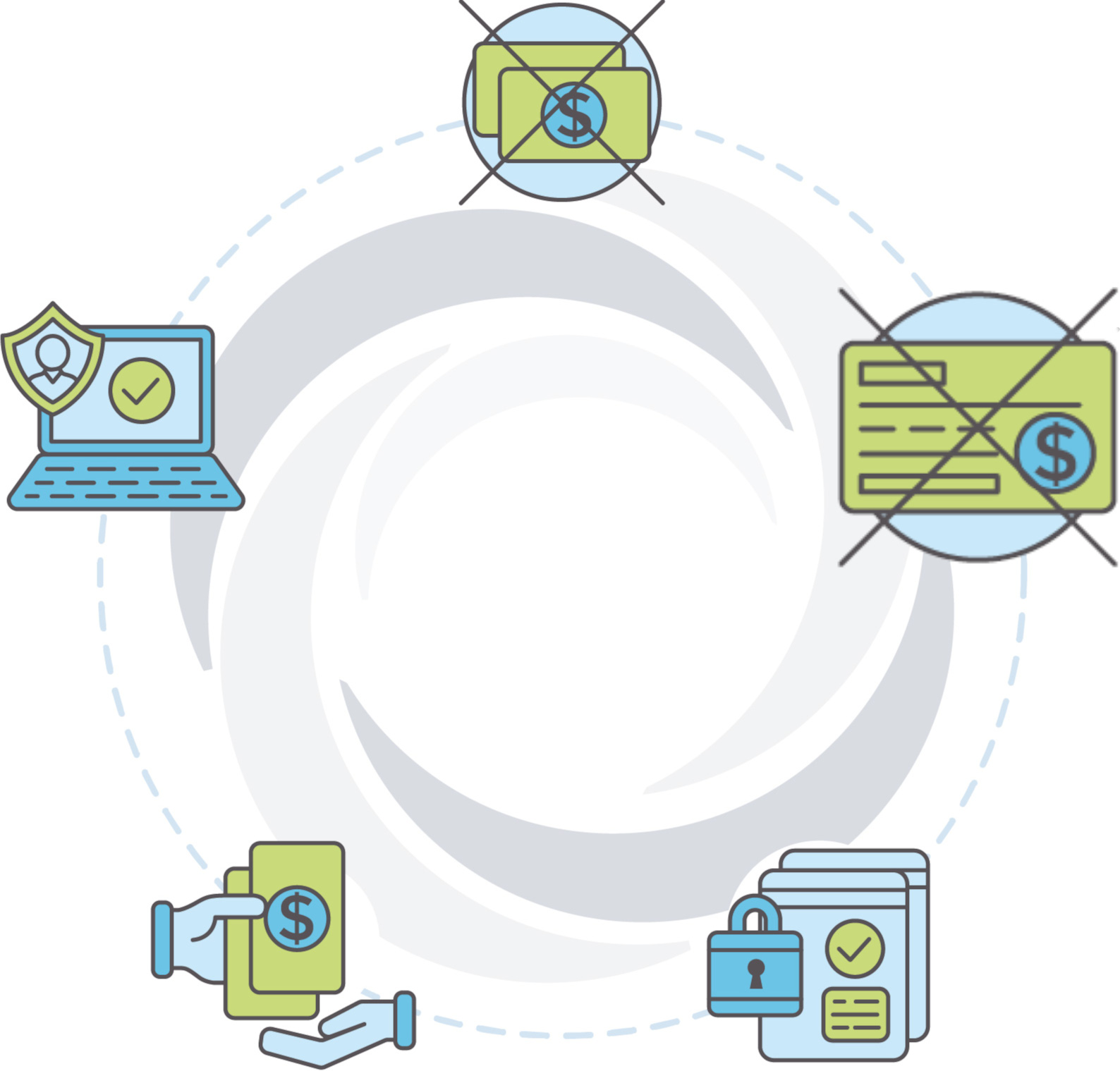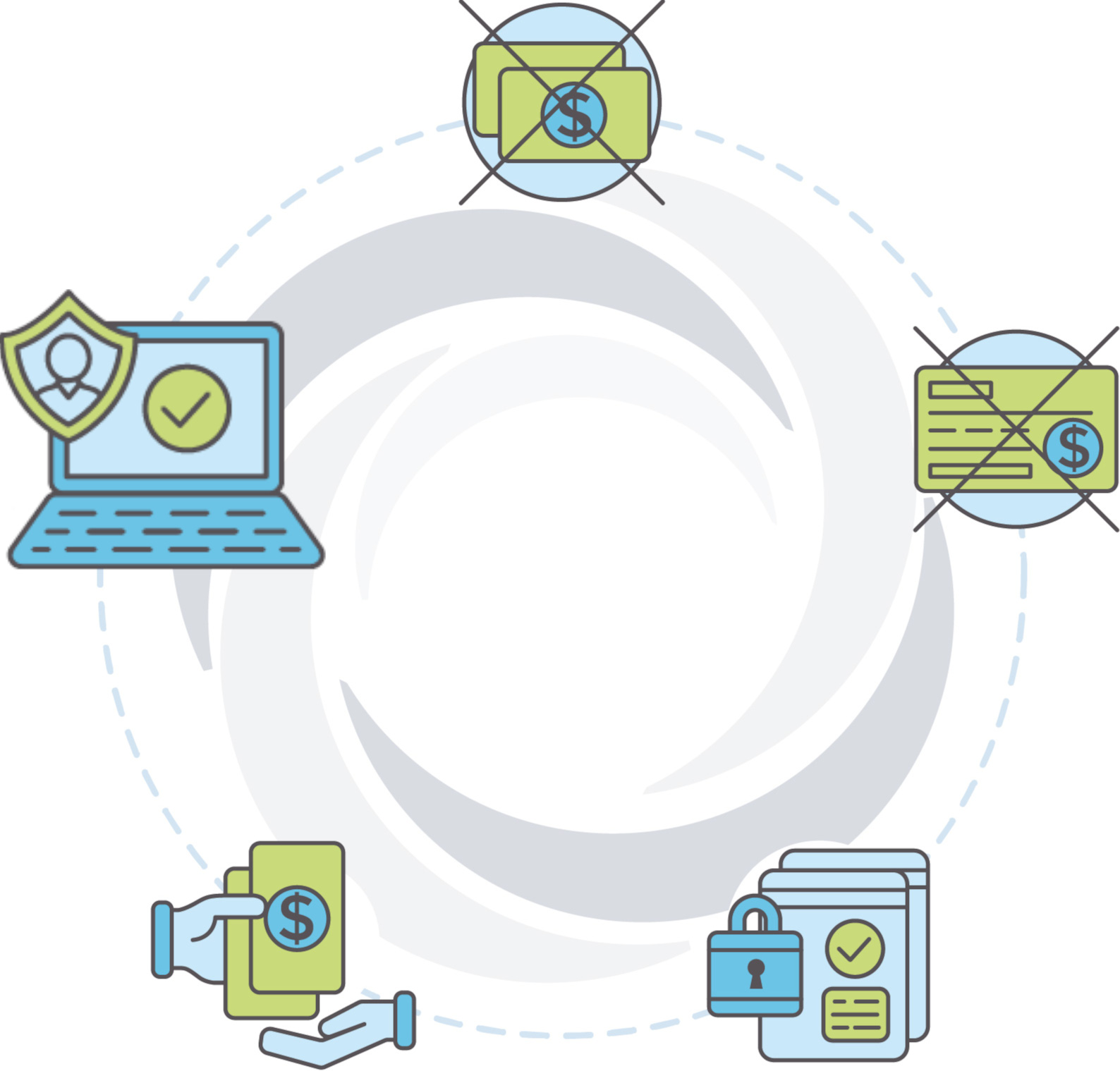
It can happen to anyone.
You’re driving down the highway, and it starts to rain out of nowhere. The water on the road makes conditions slick and dangerous. In an instant, you lose control of your car and start drifting out of your lane.
Hydroplaning is the phenomenon behind this sudden stroke of fear and loss of driving control. It occurs when excess water fills the tread gap in your vehicle’s tires and prevents them from gripping the road.
It doesn’t take a lot of water to cause hydroplaning. Even slightly damp roads after a light shower or some melting snow can lead to hydroplaning accidents.
Fatality Analysis Reporting System (FARS) data shows 114,960 fatal car accidents during rainy weather over a 38-year period[1]. Scientists have known about hydroplaning since the 1950s, but they haven’t worked out how to prevent it.
Without a reliable solution, drivers need resources that can protect them in the event of a hydroplane car crash. If you’ve had an accident involving water on the road and are going through the injury claims process, pre-settlement funding could help you manage your finances during a stressful time.
What Causes Hydroplaning Car Accidents?
Hydroplaning occurs when water on the road’s surface prevents the tires from maintaining grip causing the vehicle to lose traction. Modern roads have a slight dome-like shape to allow water to drain away from the center. Tires also have grooves that disperse water, helping them grip the road more firmly.
Poor road drainage, low tire pressure, worn-out treads, and high driving speeds can prevent water from dispersing, creating a hazardous situation. In these cases, the vehicle skids on the water like on ice. Additionally, it doesn’t take much water at all for it to happen.
Hydroplaning Consequences
A hydroplaning vehicle can cause a significant and sudden sense of panic. The driver may try to slam on the brakes or avoid the situation. Often, these actions create a collision by locking the brakes or spinning the vehicle out of control.
The loss of control hydroplaning and a driver’s corrective actions may result in some severe consequences, including:
- Spinouts
- Rollovers
- Property damage
- Physical injuries
The severity of collisions will depend on several factors, including how fast the vehicle is going. Hydroplaning accidents at lower speeds are generally less serious, as the driver has more time to respond to the incident and regain control of the vehicle.
How to Prevent Hydroplaning
Since hydroplaning is so common, drivers must take every precaution possible. Drivers can reduce their risk of a collision by implementing these tips:
- Choose High-Quality Tires. It may seem like common sense, but if you regularly drive in wet weather, choosing tires designed to combat wet roadways can help reduce your risk. It also helps to stay up to date on tire maintenance, as bald tires can increase your risk of losing control.
- Regularly Rotate/Balance Tires. Your tire maintenance plan should involve regular rotations and balancing. As a rule of thumb, rotate and balance your tires once every 7,000 to 10,000 miles.
- Slow Down. Reducing your speed can help prevent hydroplaning. Most experts agree that hydroplaning is more likely to occur at speeds of more than 35 miles per hour, with speeds of 55 miles per hour or more being the most dangerous.
- Avoid Puddles When Possible. Don’t take chances. If you can see standing water, avoid driving over it, as your vehicle could hydroplane.
- Keep your distance. Always keep a safe distance from the vehicle in front of you. Remember to allow much further distances for braking in wet weather.
- Avoid Outer Lanes. Because of the modern road shape mentioned earlier, water tends to collect on the shoulders of the road. Avoiding these areas will provide a much dryer surface for your travels and reduce the risk of a hydroplaning incident.
- Avoid Braking Hard. Braking –especially braking hard – can increase your vehicle’s chance of hydroplaning, as can making quick or sharp turns. Breaking too hard can cause you to lose control of your vehicle.
- Follow the Leader. In inclement weather, including snow and rain, drive in the tire tracks left by the cars in front of you.
Here’s What to Do if You Find Yourself Hydroplaning
If you feel yourself losing control of your vehicle on a wet road, try to remain calm. Remember the ‘DREAM’ acronym:
- Decelerate: Take your foot off the accelerator rather than braking hard.
- Relax: Hydroplaning can be scary, but try not to panic, if you respond properly, you’ll increase the chances of getting control back quickly.
- Easy on the brakes: If you have anti-lock brakes, apply them lightly to help gain traction.
- Aim to stay steady: Hold on to the steering wheel and try not to steer hard in either direction, as this could cause the vehicle to skid.
- Move on: Once you regain control of the vehicle, keep moving if possible. Other vehicles may also lose control in the same spot, so if you need a moment to catch your breath, try to find a safe parking spot.
Once you’re ready to start driving again, reduce your speed until the roads have dried.
Legal Considerations After a Hydroplaning Accident
Car accident settlement amounts can vary, talking to an attorney for advice about your case is your best option. If you’re struggling to cover accident-related costs, car accident pre-settlement funding could help you.
At USClaims, we offer broadside collision funding as well as funding for rear-end accidents, intended to help people get back to normal life as quickly as possible after a car crash. If your case qualifies for pre-settlement funding, we can purchase a portion of the proceeds of the anticipated court judgment or settlement for some cash now. USClaims only gets paid if a case succeeds or has reached a settlement!
Apply now or call us today at 1-877-USCLAIMS to learn more.
The availability of pre-settlement funding varies by state. Contact USClaims for more information.
Sources
Salvi, Kaustubh Anil, and Mukesh Kumar. “Rainfall-Induced Hydroplaning Risk over Road Infrastructure of the Continental USA.” PLOS ONE, edited by Ahmed Mancy Mosa, vol. 17, no. 8, Aug. 2022, p. e0272993, https://doi.org/10.1371/journal.pone.0272993. Accessed 17 Nov. 2022.

